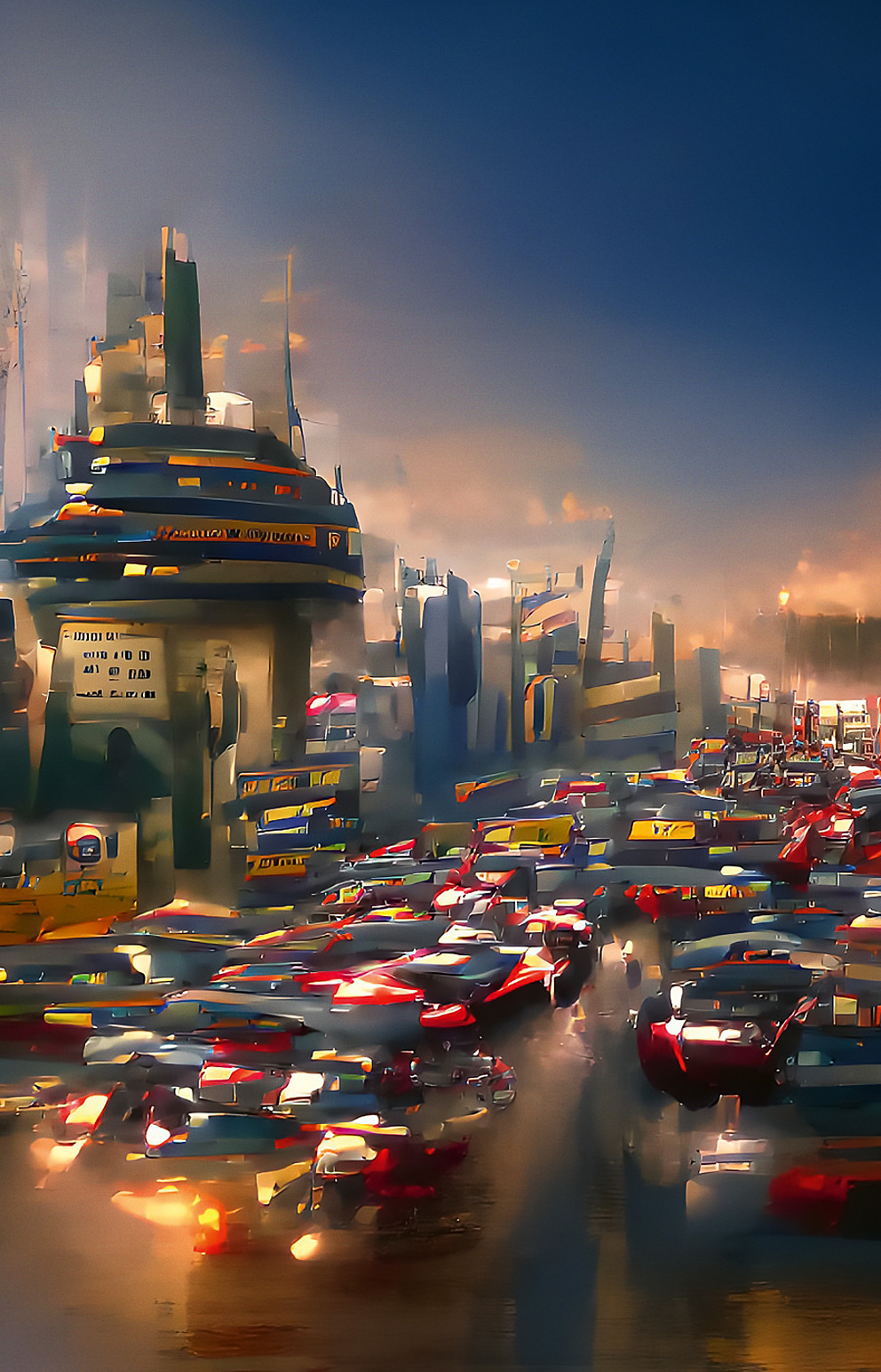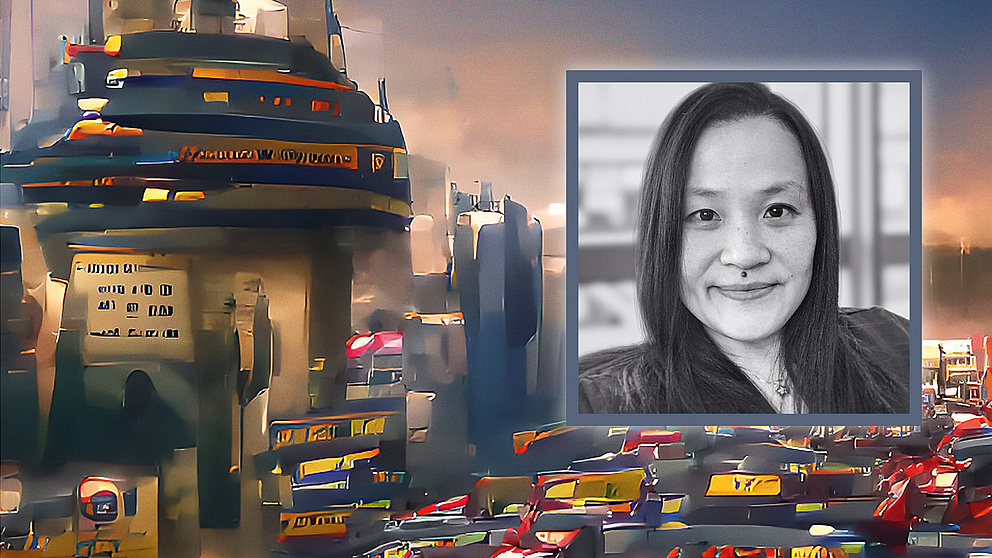Jump to the content
- {{#headlines}}
- {{title}} {{/headlines}}

FLORA SALIM
The computer scientist, Flora Salim, is a professor at the University of New South Wales in Sydney, Australia, where she holds the Cisco Chair in Digital Transport. In 2019, she was a Humboldt Research Fellow at the University of Kassel and in 2021, she participated in a Humboldt Communication Lab.
This is what Flora Salim, expert on AI, data science and smart mobility, works on. Her research group feeds open data on bus and train timetables, for example, the volume of traffic or digital checkins on public transport into AI computer models. The AI combines these models with anonymised individual user data derived from wifi signals, location information and other smartphone sensor data. “The model only registers the relevant mobility behaviour on the server,” Salim emphasises. “The person’s personal data never leave the smartphone in order to maintain data protection.”
Trained by machine learning, the artificial intelligence recognises patterns and routines and can make predictions as to when the traffic will thicken where. The AI doesn’t just develop individual recommendations for the best route, it also enables bus timing and traffic management systems to be coordinated better: this means the AI should ensure that the volume of traffic is reduced whilst mobility is made more sustainable at the same time.
But the models are supposed to do more than this: “We want to make them more robust so that they can make reliable predictions even in exceptional circumstances,” Salim explains and refers to examples like the bomb attack on the Boston Marathon in 2013: Where do people flee to? What transport do they use? When the systems can make such predictions, they will be able to tell people caught in a situation like this the best escape route, and urban planners will be able to plan more effectively in advance.


